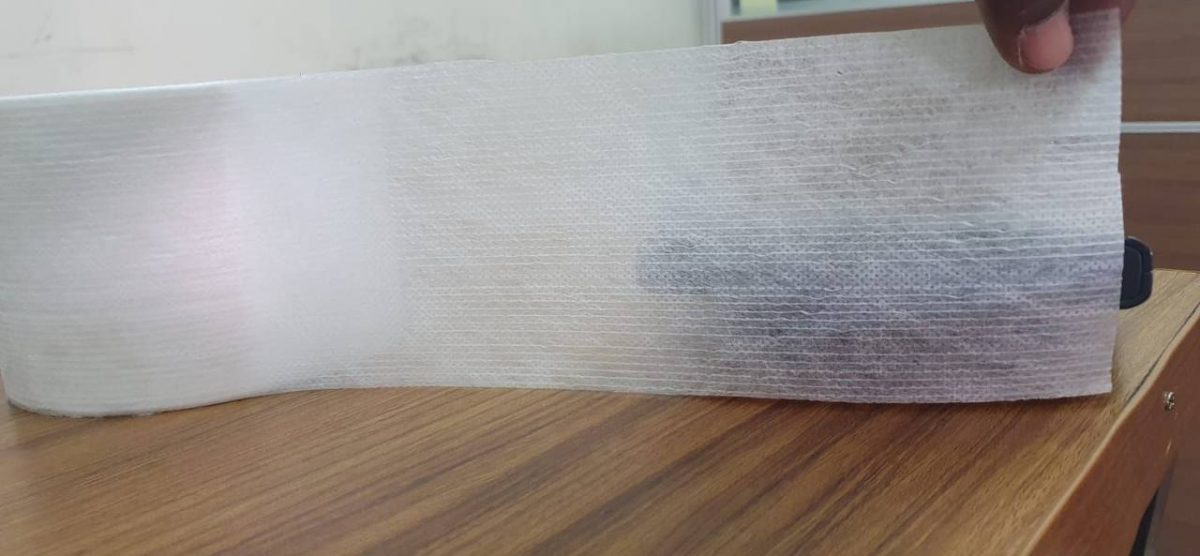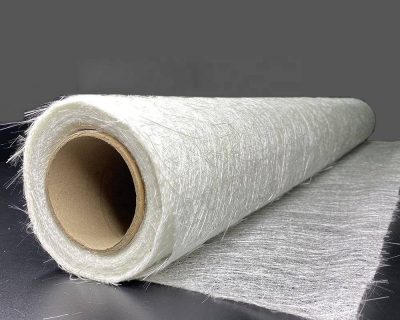Blog

What is Fiberglass?
Fiberglass is made of woven strands of glass fibers. It is a form of fiber-reinforced plastic where the reinforcing component is the glass fiber that aids to form a lightweight, durable material called fiberglass. Hence it is also known as glass-reinforced plastic/glass fiber reinforced plastic. Fiberglass is one of the versatile industrial materials of choice today due to its weight, thickness, and strength. Let us look into some of the properties of fiberglass that make it a popular industrial material. Depending on the raw materials and their proportion, there are different types and forms of fiberglass.
Properties of fiberglass
Mechanical strength:
Fiberglass is an important component in high-performance composites production as it has a greater specific resistance to steel.
Electrical insulation:
Industries from diverse verticals prefer fiberglass for electrical insulation requirements because of its high dielectric strength and relatively low dielectric constants.
High resistance to heat
The building industry makes the most out of the low thermal conductivity of fiberglass, as it ensures significant heat-saving through thermal bridging elimination.
Dimensional stability
Glass fiber can withstand variations in temperature and hygrometry to a large extent. The low coefficient of linear expansion shields it from easy shrinking and stretching.
Good fire and chemical resistance
Being a mineral material, glass fiber will not support a flame. It does not emit any smoke or toxins while heating. It is also highly resistant to chemical attacks.
Durability and resistance to rodents
Glass fiber is highly durable. It is not prone to fungi, sunlight, or insect/rodent attacks.
Versatility
Fiberglass is highly versatile due to the variety of filaments, yarn size, weaving types, and finishes making it suitable for diverse industrial purposes.
Affordable
A fiberglass is a cost-effective option for many other natural and man-made fiber fabrics.
Other advantages of fiberglass include compatibility with organic matrices, ease of shape, lightness, recyclability, and integration of functions.


